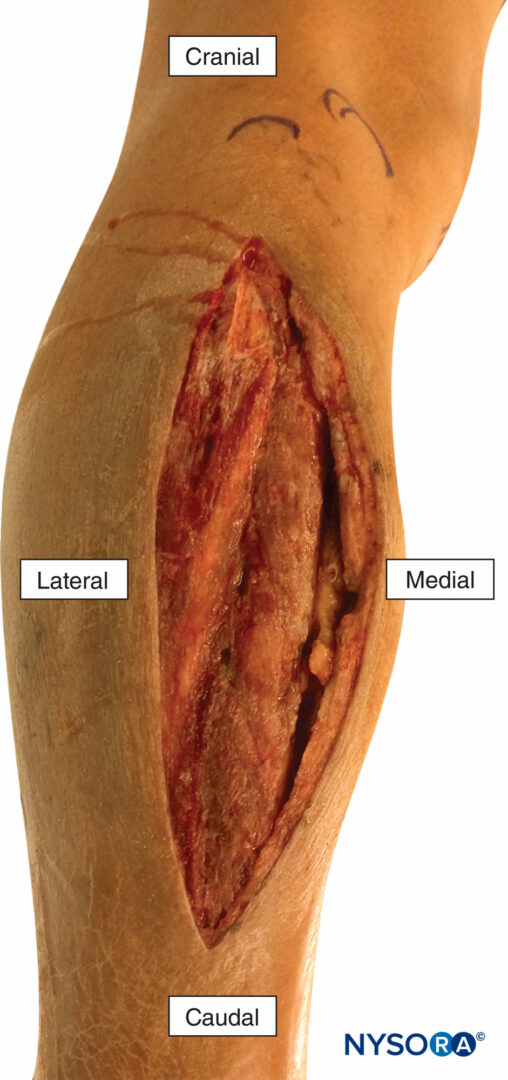

1, 3, 6, 11 If not intervened upon, this cycle self-propagates and contributes to further increased ICP.
FOUR COMPARTMENTS OF LEG SERIES
This leads to a series of events to ensue, including increased inflammation, arterial spasm, disrupted capillary flow, increased osmotic pressure, proteinaceous exudate, muscle fiber swelling, and edema. 3, 6 The APG principle proposes that ACS occurs when blood flow does not meet the metabolic demands of affected tissues subsequently resulting in tissue ischemia. 2, 8Īlthough the pathophysiology of ACS remains unclear, a primary hypothesis behind the development of compartment syndrome is the Arteriovenous Pressure Gradient theory (APG). Despite this, ACS is one of the most highly litigated conditions in orthopedic surgery with awards as high as 14 million dollars for failure to diagnose and adequately manage ACS. 9- 11 Last, prompt intervention and treatment with fasciotomy will ultimately prevent permanent damage to the extremity.
FOUR COMPARTMENTS OF LEG SERIAL
1, 7, 8 In addition, accurate intra-compartmental pressure (ICP) measurement and serial monitoring of changes in ICP levels within the muscle compartment is necessary to confirm ACS. 3 Early recognition of ACS is critical and requires a high index of clinical suspicion based on a thorough knowledge of risk factors, pathophysiology and clinical manisfestations. 1, 3, 6 Fracture, caused by trauma, accounts for approximately 75% of ACS cases. The average annual overall incidence of ACS is 3.1 per 100,000 people, and is found higher in males than females. 1 Importantly, delay in diagnosis or treatment can result in irreversible damage to these components with devastating and permanent complications such as contractures, paralysis, amputation, sepsis with multi-organ failure, and even death.

1- 3 In addition to muscle, key structures within the fascial compartment that are affected by increased compartment pressures include nerves and vasculature. Lower leg ACS is a condition in which increased pressure within a muscle compartment surrounded by a closed fascial space leads to a decline in tissue perfusion and compromises motor and sensory function. It should be noted that this approach is easy, effective and safe.Acute compartment syndrome (ACS) of the lower leg is a limb-threatening condition and a surgical emergency. In practice, two schematic situations can be distinguished, which do not cover the many different cases: leg compartment syndrome without a fracture in which the four leg compartments are affected and which requires a fasciotomy using two surgical approaches, the lateral and the medial leg compartment syndrome associated with a fracture: fasciotomy of the four compartments may be performed by a single lateral approach distant from the fracture site and its fixation hardware. Although the diagnosis approach to leg compartment syndrome is clinical in priority, pressure measurements should be systematically produced: first to confirm the presence of this condition and define optimal surgical strategies and second to provide the only objective available criteria in case of a debatable diagnosis. Rapidly irreversible damages occur without treatment.

Compartment syndrome involves a conflicting situation between an unyielding space, the compartment, and its increasing tissue content secondary to traumatic ischemia.


 0 kommentar(er)
0 kommentar(er)
